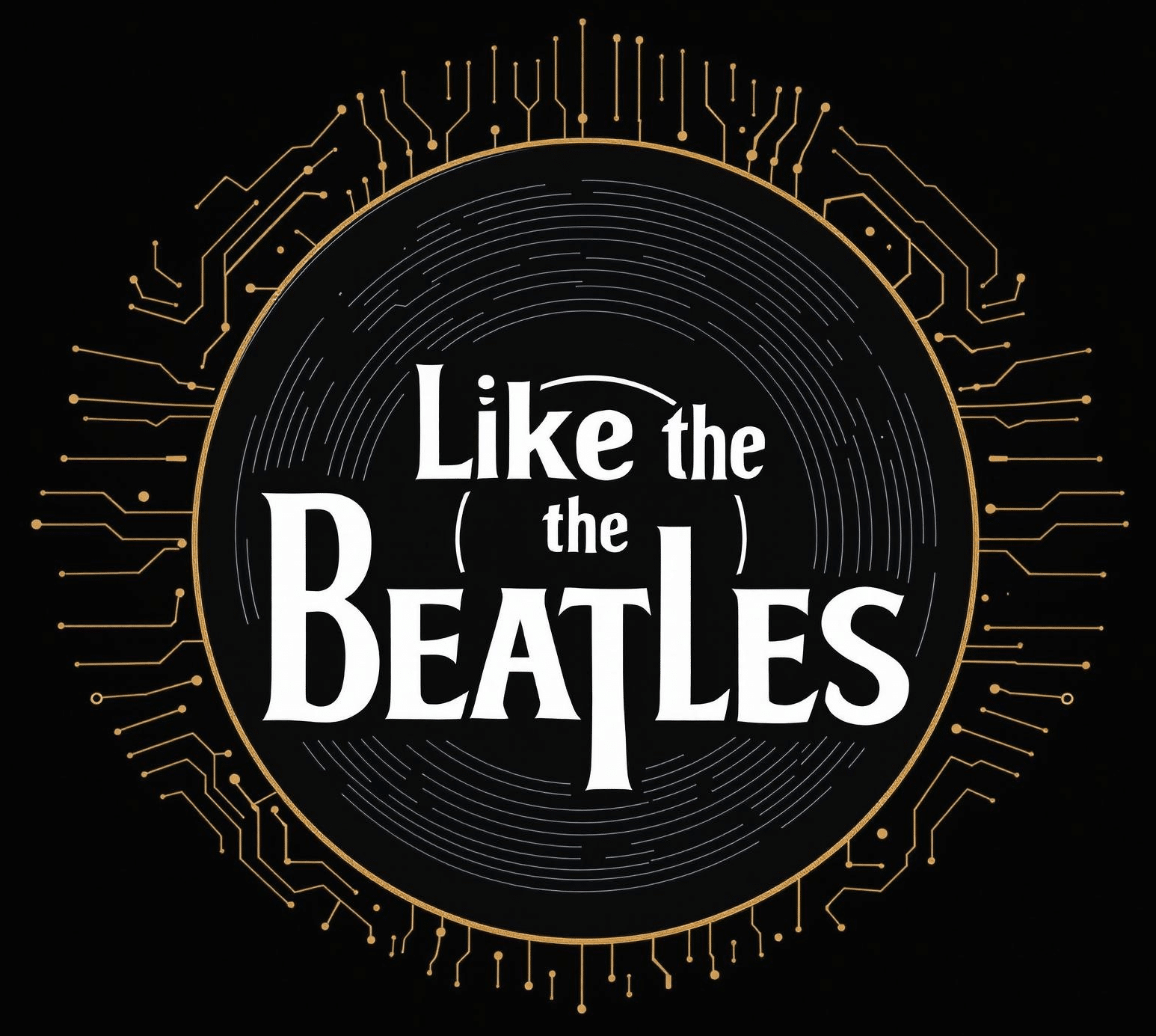Over the decades, I’ve investigated into the fascinating journey of The Beatles, a band that transformed popular music and culture forever. From their humble beginnings in Liverpool to achieving global superstardom, their story is a remarkable tale of creativity, innovation, and resilience. In this blog post, I’ll guide you through 10 key steps that shaped their legacy and influenced generations. Prepare to explore the highs and lows you might not have known about, and discover the elements that solidified their status as icons in the music world.
The Formative Years
While their journey to stardom was paved with challenges, the formative years of The Beatles were necessary in honing their craft and cultivating their unique sound. This period laid the groundwork for their later success, as they navigated the vibrant music scene of Liverpool, imbuing their artistry with local influences and personal experiences that would define their iconic style.
Early Influences
One of the key aspects that shaped The Beatles was their early exposure to various musical genres. From rock and roll to skiffle, I’ve found that these influences were instrumental in developing their distinctive sound. The music of Elvis Presley, Buddy Holly, and Chuck Berry, among others, provided the foundation upon which they built their innovative melodies and lyrical storytelling.
Formation of The Quarrymen
On a fateful day in 1956, John Lennon formed a skiffle group called The Quarrymen, serving as the catalyst for the future of rock music. I find it fascinating that this group initially consisted of school friends, with John on guitar and a rotating cast of musicians. Over the next few years, the lineup transformed, setting the stage for the eventual inclusion of Paul McCartney and George Harrison, which would dramatically shift the band’s trajectory toward success.
The formation of The Quarrymen was marked by a blend of youthful enthusiasm and raw talent, as they performed at local venues, often struggling to gain recognition. I believe that despite their humble beginnings, their desire to innovate and entertain was evident. As they honed their skills and experimented with new sounds, The Quarrymen slowly began to attract attention, laying the groundwork for the legendary band that would soon follow. Interestingly, this period saw not only the expansion of their musical repertoire but also the development of their songwriting skills, which would propel them to global fame.
![]()
Breakthrough to Fame
You can almost pinpoint the moment The Beatles transitioned from local sensations to international icons. Their relentless passion, innovative sound, and unique charisma captivated audiences, making them instant favorites. The tipping point was only a record deal away, which would launch them into the global spotlight.
Signing with EMI
With a series of rejections behind them, The Beatles finally caught the attention of EMI, leading to their first major record deal in 1962. This signing with renowned producer George Martin not only provided them with the necessary resources to record professionally but also allowed them to explore their creative potential. The collaboration signaled a new era for the band, fostering their unique sound.
“Please Please Me” and the Birth of Beatlemania
Between their signing and the release of “Please Please Me,” excitement began to build. The single, released in early 1963, not only topped the charts but also ignited the fiery fandom known as Beatlemania, sweeping across the UK.
Considering the impact of “Please Please Me,” it’s important to recognize how this landmark single ignited a cultural phenomenon. It quickly climbed to the top of the charts, transforming The Beatles into household names almost overnight. The energy of the song, paired with their lively performances, captivated young audiences, making it a defining moment in pop music history. Fans’ passion manifested in wild scenes at concerts, showcasing their fierce loyalty and ushering in an era that forever changed popular music. This was not just a record release; it marked the birth of a generation’s voice, encapsulated in the infectious spirit of Beatlemania.
The Evolution of Their Sound
Keep in mind that The Beatles were anything but stagnant in their musical journey. Their ability to adapt and innovate allowed them to transcend the typical pop sound of the early 1960s. From their harmonious melodies to more complex arrangements involving diverse instruments and genres, their music resonated with listeners on multiple levels, showcasing their artistic growth and experimentation.
Experimentation in the Studio
Before delving into their later work, it’s necessary to acknowledge The Beatles’ groundbreaking studio experimentation. They transformed the recording process, utilizing techniques like tape looping, backward recording, and innovative use of effects. This dedication to exploring new sounds set them apart, as each album featured unique characteristics and a continual push beyond traditional boundaries.
The Impact of Cultural Shifts
Their music was a reflection of the seismic cultural shifts during the 1960s, capturing the essence of a generation. The Beatles became a voice for change, blending social commentary with their melodies. Their lyrics began addressing topics like love, peace, and identity, resonating with the ideals of the youth. With songs that tackled everything from politics to personal struggles, they played an integral role in shaping not just music, but broader cultural narratives. The band’s evolution mirrored the time’s upheaval, marking them as not only musicians but also influential cultural icons.
Global Expansion
Once again, The Beatles transformed the global music landscape as they rapidly expanded their influence beyond the UK. Their unique sound and innovative approach captivated audiences around the world, paving the way for a cultural phenomenon. The Fab Four’s reach extended far and wide, as they embraced the burgeoning international market, leaving an indelible mark on music history.
The First U.S. Tour
Touring the United States for the first time in 1964, The Beatles generated unprecedented excitement. They quickly captured the hearts of American audiences, making waves with their energetic performances and distinct style. This tour cemented their status as an international sensation, effectively launching “Beatlemania” across the country.
Chart-Topping Success Worldwide
Expansion of The Beatles’ influence was undeniable as they consistently dominated global music charts. Their innovative music and memorable lyrics resonated with fans, leading to numerous number-one hits in multiple countries. In fact, with their album sales soaring into the millions, they not only redefined the music industry but also established a legacy that would inspire countless artists and musicians long after their time. The Beatles’ ability to adapt to different musical tastes while maintaining their essence was a key factor in their lasting success worldwide.
Iconic Albums and Innovations
Many of the Beatles’ albums became landmarks in music history, showcasing their innovative approach to songwriting and recording. The experimental spirit of the band led to groundbreaking techniques and sounds, propelling them beyond the traditional norms of popular music. This transformation not only defined their career but also set new standards for future artists, leaving an indelible mark on the music landscape.
Sgt. Pepper’s Lonely Hearts Club Band
Against the backdrop of the 1960s counterculture, *Sgt. Pepper’s Lonely Hearts Club Band* pushed boundaries in both artistic expression and production. This album is often hailed as a masterpiece, introducing the concept of the album as a cohesive work rather than just a collection of songs, and allowed the Beatles to explore themes of identity, nostalgia, and the human experience.
Concept Albums and Artistic Growth
Hearts of innovation lay at the core of the Beatles’ transformation, as they pioneered the concept album format. *Lonely* in their quest for artistic growth, they began to weave narratives across entire albums, creating immersive experiences for listeners. This approach allowed for deeper exploration of themes and connections between tracks, showcasing the band’s evolution and ability to push artistic boundaries. The incorporation of different musical styles, storytelling, and elaborate production techniques not only enriched their work but also inspired a generation of artists to think beyond conventional formats, emphasizing the importance of creativity in making music. The Beatles ushered in a new era where albums became art forms in their own right, forever changing the landscape of the music industry.
The Band’s Disbandment
Despite their monumental success, The Beatles ultimately faced a tumultuous split, marking the end of an era in music history. Internal conflicts, evolving personal aspirations, and differing creative directions led to their gradual separation. By 1970, the band members pursued their individual paths, leaving behind a rich legacy filled with innovation and unparalleled influence.
Internal Struggles and Changes
At the height of their fame, The Beatles grappled with internal struggles that began to emerge amid their artistic evolution. Differences in musical vision and lifestyle choices created rifts between band members. As each artist sought personal growth, these changes contributed significantly to their eventual disbandment.
The Last Recorded Album: “Let It Be”
One of the final projects the band worked on was the “Let It Be” album, a poignant farewell to their collective journey. This album captured the band’s struggles and showcased their undeniable talent, even as tensions mounted among them.
For instance, “Let It Be” featured some of their most iconic songs and was recorded under significant stress and conflict within the band. The title track, written by Paul McCartney, juxtaposed hopefulness against the backdrop of their personal and artistic turmoil. Although it was released in May 1970, the album’s recording process highlighted the band’s struggles, as members navigated their fractured relationships and differing visions for their music, ultimately marking a bittersweet chapter in their legacy.
Legacy and Influence
For over half a century, The Beatles have left an indelible mark on music, culture, and society. Their innovative approach to songwriting, groundbreaking studio techniques, and timeless melodies continue to inspire artists and musicians around the globe. The band’s ability to transcend generations ensures their legacy remains as vibrant today as it was in their heyday, making them not just icons of their time, but enduring symbols of artistic achievement.
Cultural Impact and Enduring Popularity
For many, The Beatles represent more than just music; they symbolize a cultural revolution that shaped the 1960s and beyond. Their influence permeates various aspects of life, from fashion to social attitudes, and their songs consistently resonate with new audiences. The sheer scale of their fan base—even decades after their breakup—underscores their profound and lasting effect on popular culture.
The Beatles in Modern Music
Beside their historical significance, The Beatles have profoundly influenced modern music across genres. Today’s artists often cite them as key inspirations, drawing from their experimental spirit and emotional depth. You’ll find echoes of their innovative songwriting in genres ranging from indie rock to hip hop, illustrating their universal appeal and the timeless quality of their compositions.
This influence is particularly evident as you explore the creative processes of contemporary musicians. With sampling, many modern tracks feature Beatles’ melodies infused into new songs, bridging the gap between past and present. Artists such as Oasis and Pharrell Williams openly embrace Beatle-esque harmonies, showcasing how their music catalyzes new ideas and styles. As I explore deeper into today’s music scene, I find that The Beatles’ pioneering approach to recording techniques and genre blending continues to inspire a wide array of artists. They stand not just as relics of music history but as an ongoing source of innovation and creativity in our ever-evolving soundscape.











